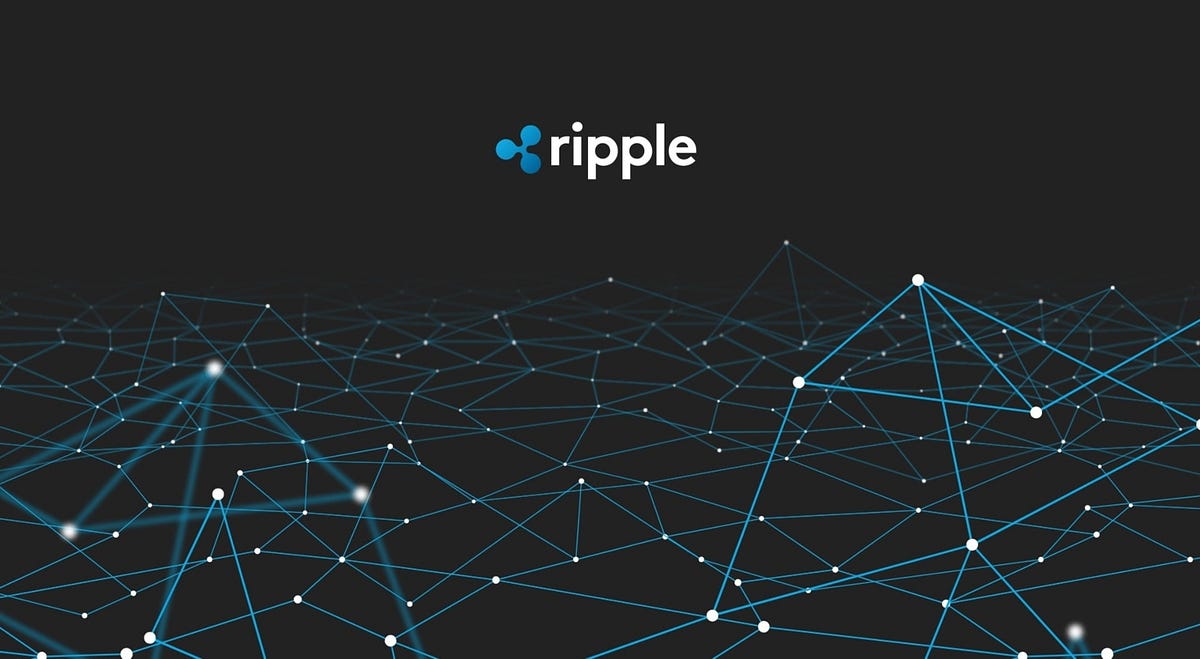In the evolving landscape of digital finance, the integrity and accuracy of ledger data are paramount. As we examine the sophisticated mechanisms available within cryptocurrency ecosystems, the implementation of clawback features, particularly within the XRP Ledger, stands out significantly. This mechanism is designed to address and rectify discrepancies when ledger data does not align with legal obligations, ensuring the fidelity of transactions and the legal accuracy of entries.
Ripple’s Innovative Approach to Ledger Accuracy with Clawback
Recent discussions have surfaced regarding the expansion of clawback applications for RLUSD beyond mere testing phases, highlighting its critical role in maintaining ledger accuracy. The introduction of such features is not without its intricacies, especially considering the reliance on technological updates like XLS-73, which facilitates the operation of Automated Market Makers (AMM) on the XRP Ledger. This dependency underscores a significant technological interplay crucial for the broader adoption and functionality of digital currencies within this ecosystem.
It’s interesting to note the contrast in how ledger inaccuracies are addressed across different platforms. For instance, blocklisting on ethereum serves a similar purpose by preventing the use of compromised or illegal accounts. However, the XRP Ledger employs a different method, potentially offering a more nuanced approach to maintaining ethical and legal standards in digital transactions.
The Debate on Control and Decentralization in Financial Systems
The conversation around clawbacks extends beyond technical implementation, stirring a debate on the balance between necessary control and the ethos of decentralization that underpins blockchain technology. The ability to retrieve stolen digital assets or correct transactions sent to incorrect addresses embodies the practical needs of a secure financial system. Yet, there’s a palpable tension between implementing such controls and preserving the decentralized nature that many find appealing in blockchain technologies.
David Schwartz, Ripple’s CTO, has been a vocal figure in addressing these concerns. He articulates that the foremost rationale behind clawback is not to exert undue control but to rectify instances where the ledger’s content is factually incorrect, thus upholding the principle of accuracy over control. This perspective resonates with a significant portion of the digital currency community, emphasizing the importance of maintaining fidelity in the ledger’s records while navigating the philosophical principles of decentralization.
Moreover, Ripple’s ongoing developments, including the beta testing of its stablecoin, Ripple USD (RLUSD), on both the XRP Ledger and ethereum blockchains, highlight the company’s commitment to ensuring high standards of security and operational efficacy across platforms. These efforts align with the broader goal of integrating digital currencies into a legally compliant and efficient financial ecosystem.
As we observe these advancements, the price dynamics of XRP and its trading volumes provide an interesting lens through which to gauge market reactions to technological and regulatory progressions within the Ripple ecosystem. The slight uptick in XRP’s price alongside a notable increase in trading volume may reflect the market’s optimistic outlook towards Ripple’s strategic developments and their potential implications for the broader digital currency landscape.
Conclusion: Navigating the Future of Digital Finance with Ripple
The exploration of clawback features within the XRP Ledger symbolizes a significant step towards reconciling the technical and legal aspects of digital finance. By addressing the critical need for ledger accuracy and contemplating the ethical concerns surrounding control and decentralization, Ripple is at the forefront of shaping a more secure, efficient, and legally compliant financial ecosystem. These developments not only underline the importance of innovation in the digital currency space but also highlight the nuanced challenges and opportunities that lie ahead in the quest for a globally integrated digital financial system.
